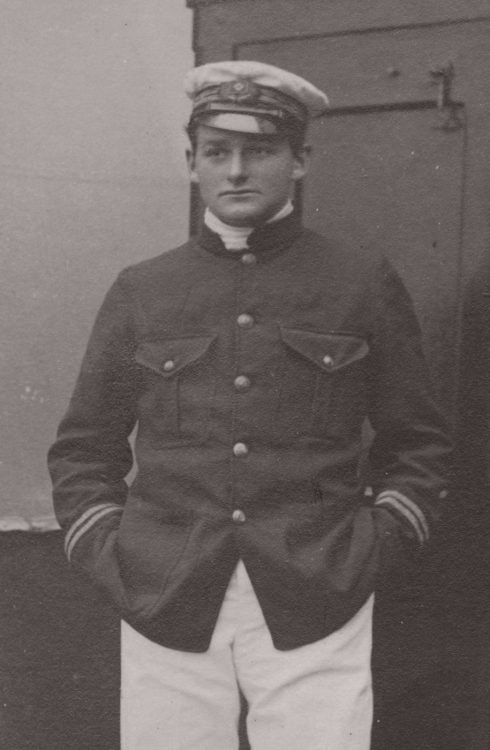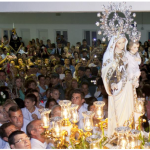IF you live in Spain, you may have come across the saying “Lorenzo el sol y Catalina la luna,” to refer to the sun and moon. As with many customs and sayings in this historically Catholic country, the gruesome origins of this saying can be found in the early days of Christianity.
The story of Lorenzo and the sun begins in the 3rd century AD, when early Christians were heavily persecuted by Roman emperors.
Popes, bishops and deacons were routinely martyred by the Roman state, usually by decapitation, although crucifixion, burning alive, and worse were saved for those whose actions most insulted the emperor.
Such was the fate of San Lorenzo, known in English as Saint Lawrence.
Said to be born in Roman Hispania (modern-day Iberia), at the foot of the Pyrenees in what is now Aragon, Lorenzo travelled to Zaragoza as a young man to study theology, where he befriended the future Pope Sixtus II.
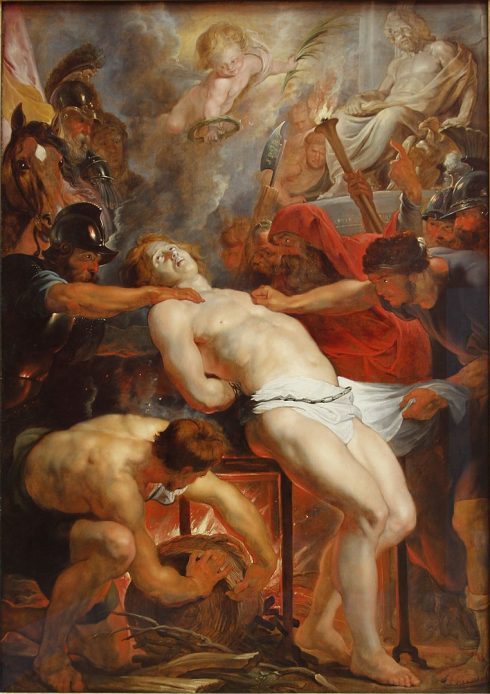
The two later travelled to Rome, and in the year 257, Sixtus became the pope, and selected Lorenzo as one his most trusted deacons, later promoting him to the prestigious title of “Archdeacon of Rome.”
But his position was short-lived, as the following year the Roman Emperor Valerian issued an order calling all Christian bishops, priests, and deacons to be put to death.
Pope Sixtus was captured and decapitated in August 258, and the Roman government ordered Lorenzo to gather all the wealth and treasures of the church and turn it over to the state.
In an open act of rebellion, Lorenzo spent the following three days working tirelessly to distribute as much of this wealth as he could to the poorest people in Rome.
When he appeared before Roman authorities, he brought with him the sick, blind, poor, and otherwise marginalised people to whom he had given the church’s riches.
So enraged was the Roman government that they ordered Lorenzo to be punished via gridiron — an excruciating method of torture that involves slow-roasting the victim over a bed of hot coals.
Lorenzo remained calm, and is said to have exclaimed, after many minutes of agony, “I’m well done on this side! Turn me over!”
His grisly death by heat, as well as the fact of his execution taking place in August, on a scorching Roman summer day, is where his association with the sun is said to have come from.
READ MORE: Tears of St. Lawrence: When and how to see the Perseid meteor shower in Spain’s Malaga
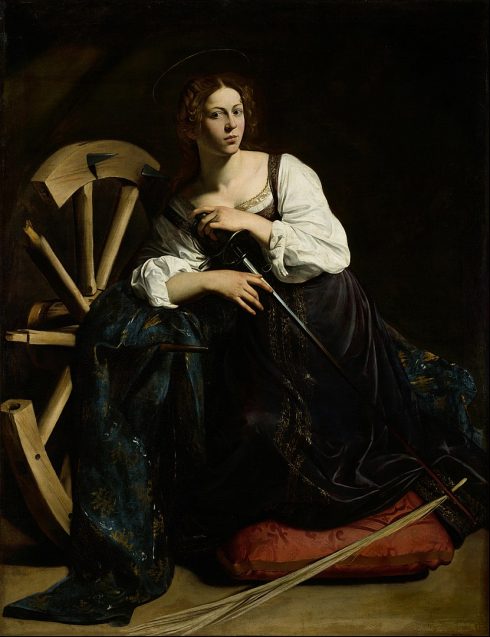
As for “Catalina la luna,” the story is strikingly similar.
It also begins at the dawn of Christianity, this time during the fourth century, in the then-Roman city of Alexandria, Egypt.
Catalina, known in English as Saint Catherine of Alexandria, was born in the late 3rd century.
She was said to be strikingly beautiful and wise beyond her years, devoting herself to the study of theology, and quickly became an eloquent defender of Christianity.
According to the Catholic Encyclopedia, she was summoned by emperor Maxentius to debate the value of Christian morality against dozens of pagan philosophers, a debate which she won.
Shortly after, at just 18 years old, Catherine was thrown into a jail cell and starved, though more than 200 people are to have visited her, including a queen who — according to the stories told in the biographies of Catherine’s life — may have been the wife of Maxentius himself.
Failing to break the girl’s spirit, the Emperor proposed to her.
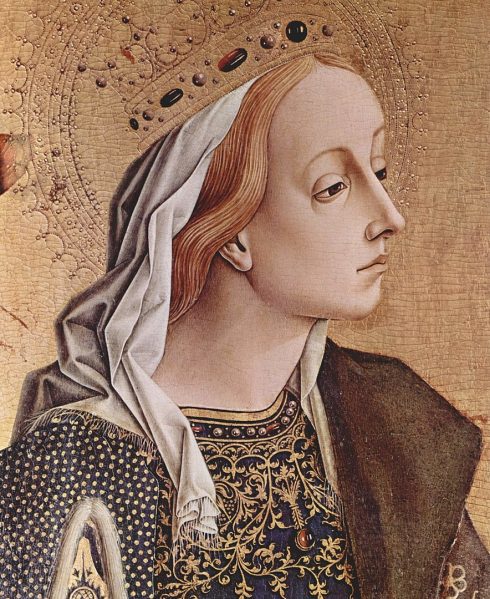
Catherine rejected him, which drove Maxentius to sentence her to death via “breaking wheel” — a grisly execution method that involved the crushing of the victim’s body with a heavy, sometimes-bladed wheel.
But, as the story goes, the wheel shattered upon Catherine’s touch, leaving the emperor infuriated.
Maxentius sentenced her to death by beheading, but as the executioner’s blade fell over her neck, not blood, but a white, milk-like substance flowed from her wounds.
While the historical accuracy of the story is, obviously, rather doubtful, the moon remains a symbol of the martyred saint, as the breaking wheel which was supposed to carry out her execution is often represented with a crescent moon.
READ MORE
- Tears of St. Lawrence: When and how to see the Perseid meteor shower in Spain’s Malaga
- Last supermoon of the year; best time to view it in Spain’s Malaga



